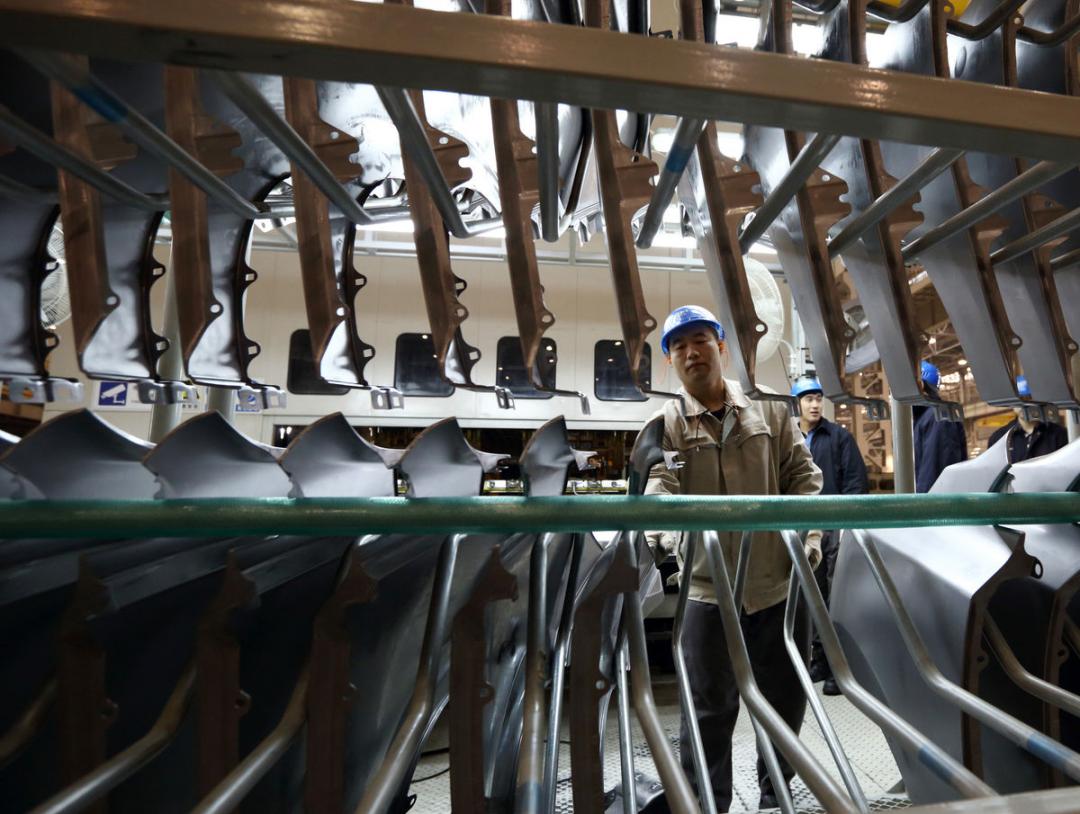China’s central bank is joining the balancing act of developed-world counterparts as it extended its toolkit to free up at least $800 billion in funds for lenders, seeking to support growth without inflaming financial risk.
The world’s largest emerging economy will broaden the definition of a deposit in 2015, boosting the lending capacity of Chinese banks that have to cap loans at 75 percent of funds held. The relaxation, reported by the official Xinhua News Agency Sunday, could make an additional 5 trillion yuan ($800 billion) to 5.5 trillion yuan available, according to analysts at Credit Agricole CIB and Guotai Junan Securities Co, Bloomberg said.
“Beijing is trying to stimulate lending and they are trying not to use strong measures,” said Dariusz Kowalczyk, an economist at Credit Agricole CIB in Hong Kong. “Policy makers across the globe are trying to boost demand by increasing bank lending, especially to businesses, so in this sense China’s efforts to boost lending fit well into the picture.”
Central bankers worldwide are hunting for new ways to stimulate investment as elevated debt levels in developed nations stifle governments’ scope to respond and record-low borrowing costs limit room for monetary maneuvering. As global policy makers grapple with concern that asset bubbles are a by-product of increased liquidity, the People’s Bank of China’s challenge is supporting growth sufficiently to avoid political discontent while discouraging a renewed borrowing binge.
Loan Demand
China’s new local currency loans this year stood at 9.1 trillion yuan as of November. According to the latest quarterly central bank survey of lenders, the loan demand climate index, a measure of demand for bank credit, fell this quarter to the lowest level since the last quarter of 2008, when China was hurt by the global financial crisis.
“The change in rules allows the extension of additional loans worth half of this year’s new lending,” said Kowalczyk, who estimates about 5 trillion yuan will be freed up. “This technical ability to lend more doesn’t mean there will be more demand for credit. They still need to lower the cost of borrowing by cutting rates further and, crucially, by boosting liquidity via an RRR cut,” he said, referring to the reserve requirement ratio.
Mired in industrial overcapacity, factory-gate deflation and a housing slump, China is headed for its slowest full-year economic expansion since 1990.
Policy Shift
“Tweaks to how the loan-to-deposit ratio is calculated are part of the broader shift of policy direction in doing more to shore up growth,” Pauline Loong, managing director at Asia-Analytica Research in Hong Kong, said in an e-mail. “China’s goal for 2015 is essentially to keep the economy from tanking.”
The country has added liquidity by stealth at least four times in the past four months via proxies such as China Development Bank Corp. as it balances the need to buoy the economy with efforts to contain a debt pile that’s almost doubled in six years. The PBOC rolled over at least part of a 500 billion-yuan three-month lending facility to the largest Chinese lenders this month, days after it injected 400 billion yuan via CDB, according to people familiar with the steps.
Speculators have jumped in, pushing the stock market up more than 27 percent since the PBOC’s benchmark interest rate cut on Nov. 21, in anticipation of more monetary easing.
Risk Taking
The International Monetary Fund warned in October of a “new mediocre” in the world economy as high unemployment and debt impede a recovery six years after the financial crisis.
Managing Director Christine Lagarde said at the time that the IMF was monitoring the disparity between sluggish international growth and buoyant financial markets. Later that month the IMF cut its global expansion outlook.
Echoing the IMF’s sentiments, the Bank for International Settlements said in November that central bank stimulus and suppression of benchmark borrowing rates have led investors to take on more risk in hard-to-trade instruments such as high-yield bonds.


